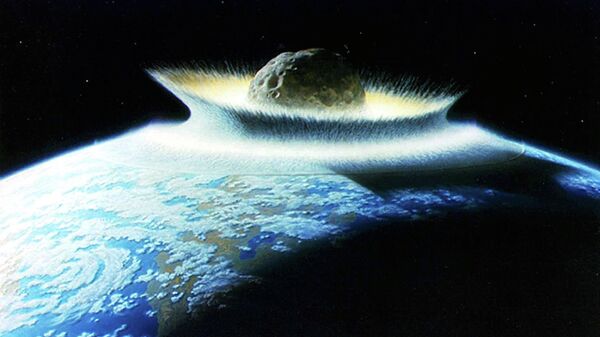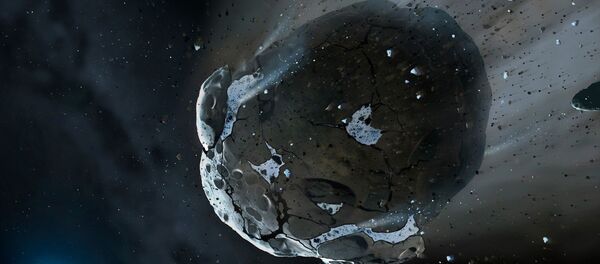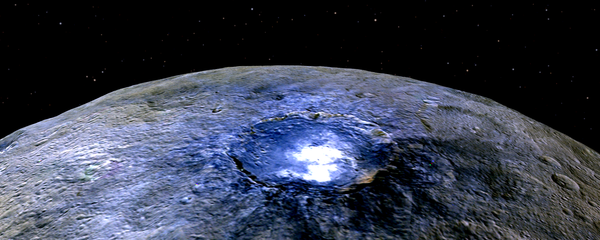These space bodies, composed of ice and dust, and being up to some 50-100 kilometers wide, were discovered several decades ago. Astronomers state that centaurs should be counted as a greater threat than comets, as the "assessment of the extraterrestrial impact risk, based solely on near-Earth asteroid counts, underestimates its nature and magnitude."
Bill Napier, an astronomer from the University of Buckingham, said that scientists have been thoroughly analyzing the possibility of a collision between the Earth and asteroids for the last 30 years, and have included distant celestial bodies, including centaurs.
"If we are right, then these distant comets could be a serious hazard, and it's time to understand them better," Napier claimed.
On their way to the Sun asteroids begin to fracture, ultimately turning into cometary debris which makes “impacts on our planet inevitable." Individual centaurs, they point out, can have an estimated mass higher than that of all the comets documented to date.
"The disintegration of such giant comets would produce intermittent but prolonged periods of bombardment lasting up to 100,000 years," researchers wrote in Astronomy and Geophysics, the journal of the Royal Astronomical Society.
"A centaur arrival carries the risk of injecting, into the atmosphere… a mass of dust and smoke comparable to that assumed in nuclear winter studies," scientists said.
Do giant comets pose a serious risk to Earth? Interesting, but take it with a grain of salt. https://t.co/VjcIXnhi2B pic.twitter.com/S9sqlFJEwx
— Corey S. Powell (@coreyspowell) 22 декабря 2015
Under that scenario, humanity would follow in the footsteps of dinosaurs, believed to have died out as a result of an asteroid strike. And despite that there is no proof that a collision is imminent, “its ranking among natural existential risks [for humanity] appears to be high," some astronomers suggested.




